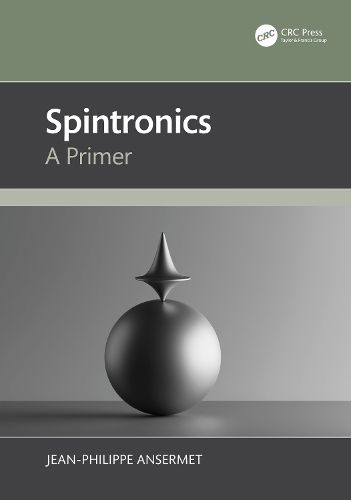Readings Newsletter
Become a Readings Member to make your shopping experience even easier.
Sign in or sign up for free!
You’re not far away from qualifying for FREE standard shipping within Australia
You’ve qualified for FREE standard shipping within Australia
The cart is loading…






A sound understanding of magnetism, transport theory, spin relaxation mechanisms, and magnetization dynamics is necessary to engage in spintronics research. In this primer, special effort has been made to give straightforward explanations for these advanced concepts.
This book will be a valuable resource for graduate students in spintronics and related fields. Concepts of magnetism such as exchange interaction, spin-orbit coupling, spin canting, and magnetic anisotropy are introduced. Spin-dependent transport is described using both thermodynamics and Boltzmann's equation, including Berry curvature corrections. Spin relaxation phenomenology is accounted for with master equations for quantum spin systems coupled to a bath. Magnetic resonance principles are applied to describe spin waves in ferromagnets, cavity-mode coupling in antiferromagnets, and coherence phenomena relevant to spin qubits applications.
Key Features:
A pedagogical approach to foundational concepts in spintronics with simple models that can be calculated to enhance understanding.
Nineteen chapters, each beginning with a historical perspective and ending with an outlook on current research.
1200 references, ranging from landmark papers to frontline publications.
$9.00 standard shipping within Australia
FREE standard shipping within Australia for orders over $100.00
Express & International shipping calculated at checkout
A sound understanding of magnetism, transport theory, spin relaxation mechanisms, and magnetization dynamics is necessary to engage in spintronics research. In this primer, special effort has been made to give straightforward explanations for these advanced concepts.
This book will be a valuable resource for graduate students in spintronics and related fields. Concepts of magnetism such as exchange interaction, spin-orbit coupling, spin canting, and magnetic anisotropy are introduced. Spin-dependent transport is described using both thermodynamics and Boltzmann's equation, including Berry curvature corrections. Spin relaxation phenomenology is accounted for with master equations for quantum spin systems coupled to a bath. Magnetic resonance principles are applied to describe spin waves in ferromagnets, cavity-mode coupling in antiferromagnets, and coherence phenomena relevant to spin qubits applications.
Key Features:
A pedagogical approach to foundational concepts in spintronics with simple models that can be calculated to enhance understanding.
Nineteen chapters, each beginning with a historical perspective and ending with an outlook on current research.
1200 references, ranging from landmark papers to frontline publications.